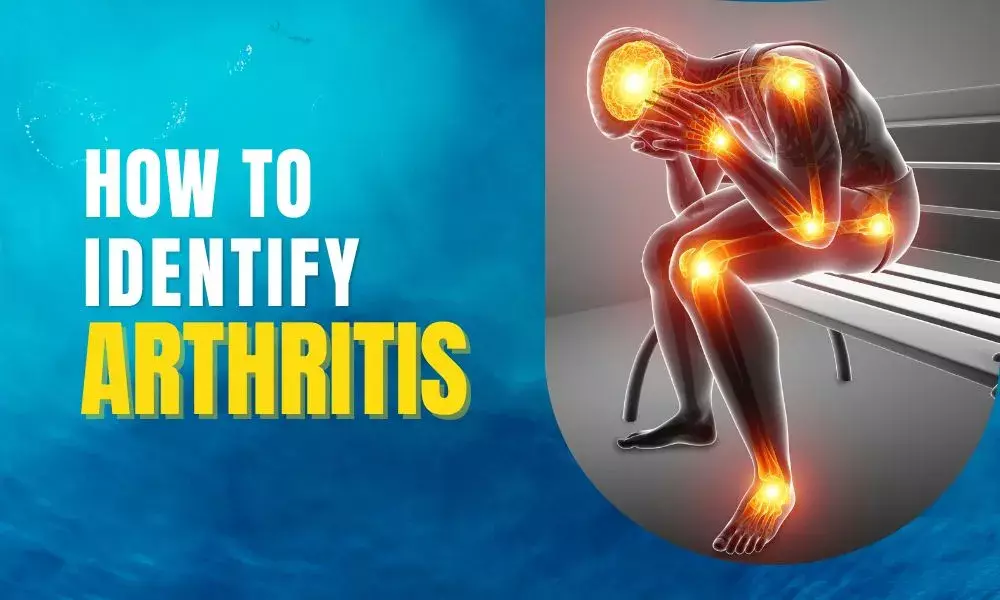The esteemed UK James Dyson Award went to a tool that can assist in the detection of breast cancer. Women who self-check at home can use The Dotplot to keep track of any changes they may notice on an app.
In the UK, breast cancer is the second most common after lung cancer, but many women don’t perform routine self-examinations. Despite their caution that it is not a replacement for seeing a doctor, medical professionals have praised the invention.
Users create a custom map of their torso by entering the size and shape of their breasts and placing the handheld device over their chest. Soundwaves are used monthly to record the tissue composition; users are advised to consult a healthcare provider if there are any unusual or suspicious changes.
The technology is comparable to ultrasound scans for women who are concerned about a lump or mammograms for women over 50. “It’s in the early stages of development, so it does need to go through medicine regulatory device checks to make sure that it is adequate at detecting breast cancers,” said oncologist Dr. Frankie Jackson-Spence.
Rate of survival
- The five-year survival rate for stage-one breast cancer is approximately 95%; however, by stage four, the rate drops to around 25%.
- In the UK, there are 11,500 breast cancer fatalities each year.
- Men account for just 1% of cases.
- According to Cancer Research UK and CoppaFeel, however, only 64% of women between 18 and 35 regularly check their breasts.
Nipple Discharge:
Dr. Jackson-Spence advised checking the entire breast, including the area above the armpit and the collarbone. It goes beyond simply looking for lumps.
Breast Cancer Now’s Manveet Basra, the organization’s wellbeing director, told BBC News that there are additional symptoms to watch out for. These include nipple discharge, breast skin dimpling, or puckering.
While the majority of breast changes, including lumps, won’t be cancer, it’s essential to contact your Gynaecologist, as soon as you can if you notice a difference in your breast that’s new or unusual for you. The earlier breast cancer is found, the more likely treatment will be successful.
Shefali Bohra and Debra Babalola, recent graduates in innovation design engineering from the Royal College of Art and Imperial College London, respectively, co-founded Dotplot after Ms. Bohra found an odd knot in one of her breasts after working out at the gym. The knot turned out to be harmless.
We recently began speaking with clinicians, and we talked to a lot of women, she said.
“We discovered that women want a method that not only instructs them on what needs to be done but also explains how and why breast self-checks should be carried out.
“We’re not replacing medical professionals; we’re just giving women the tools they need to feel confident in their self-checks,” Ms. Babalola said.
Dotplot will now advance to the James Dyson Award’s international round; the winner will be revealed on November 16. According to the award’s description, it is an international design prize that honors, supports, and motivates the upcoming generation of design engineers.




